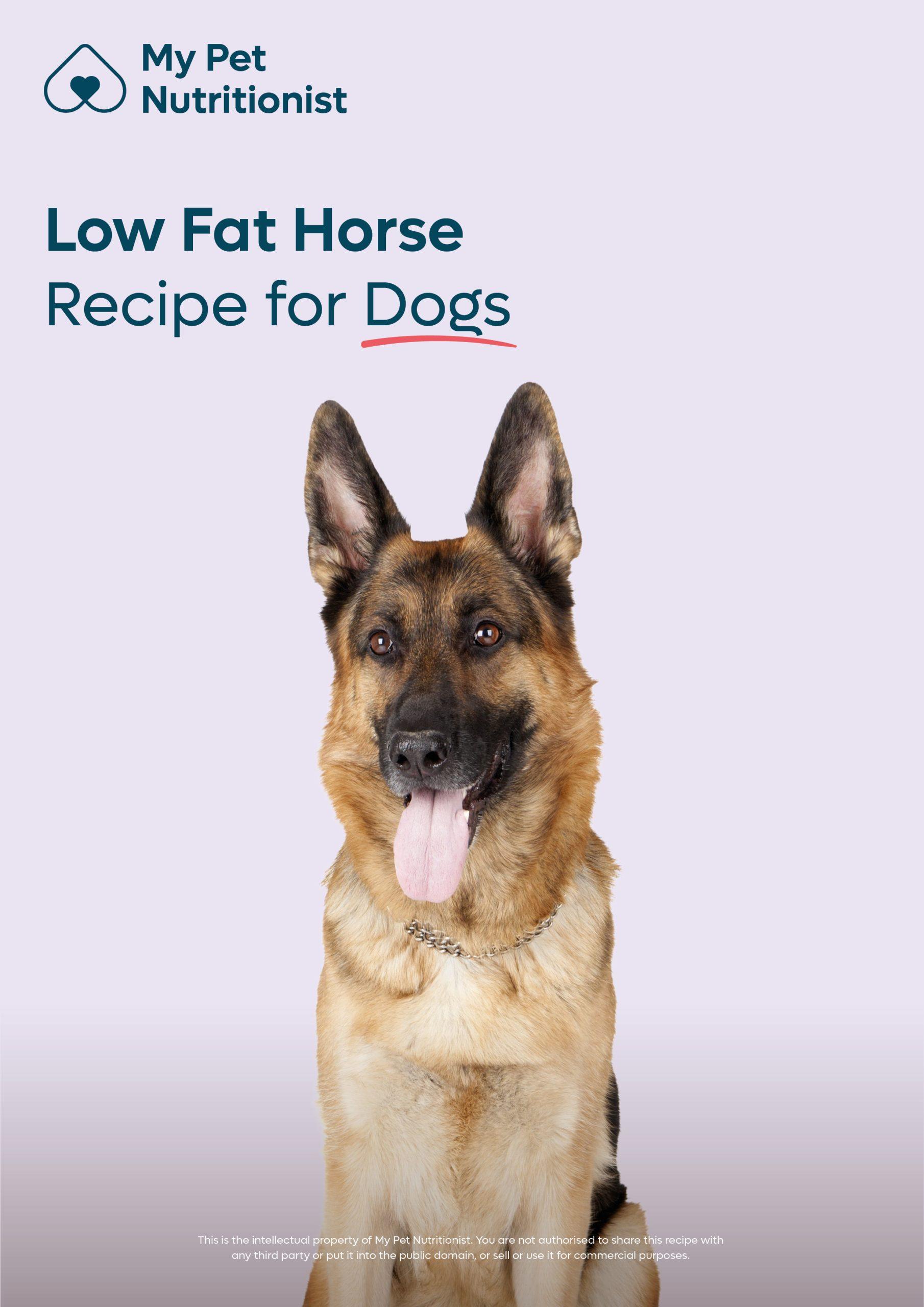-
£29.99£29.99£119.00£19.99
Cart
7
Cart
7


 Read Now
Read Now
 Read Now
Read Now
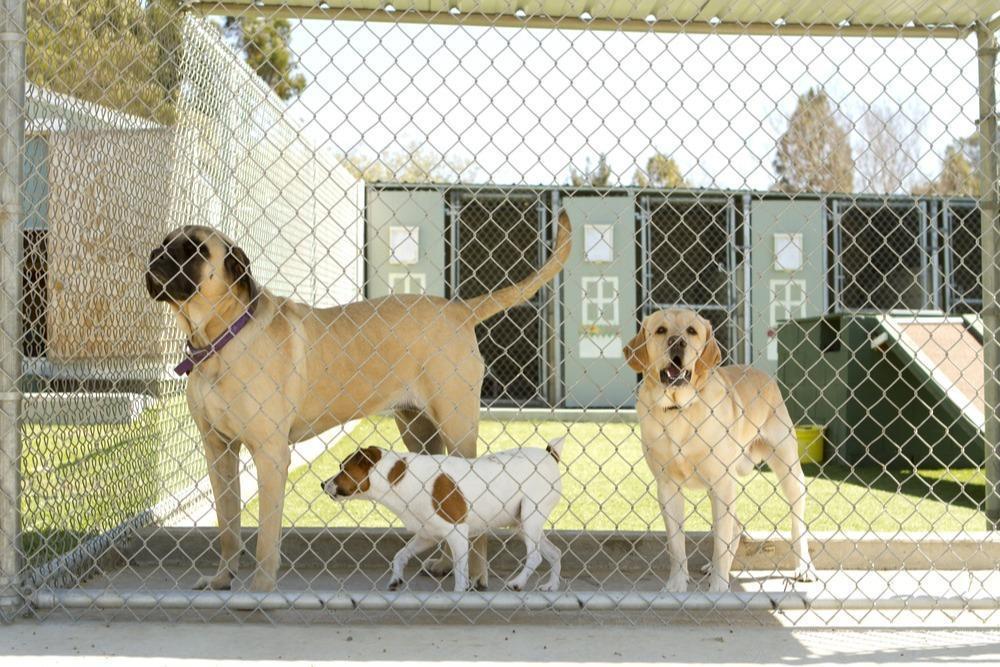 Read Now
Read Now
 Read Now
Read Now
 Read Now
Read Now
 Read Now
Read Now
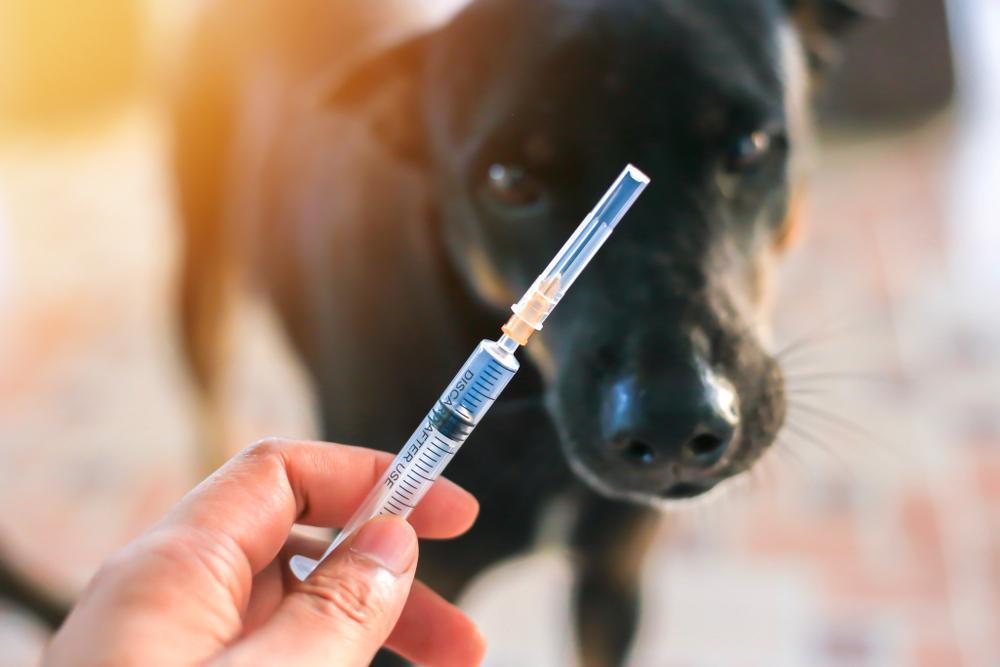 Read Now
Read Now
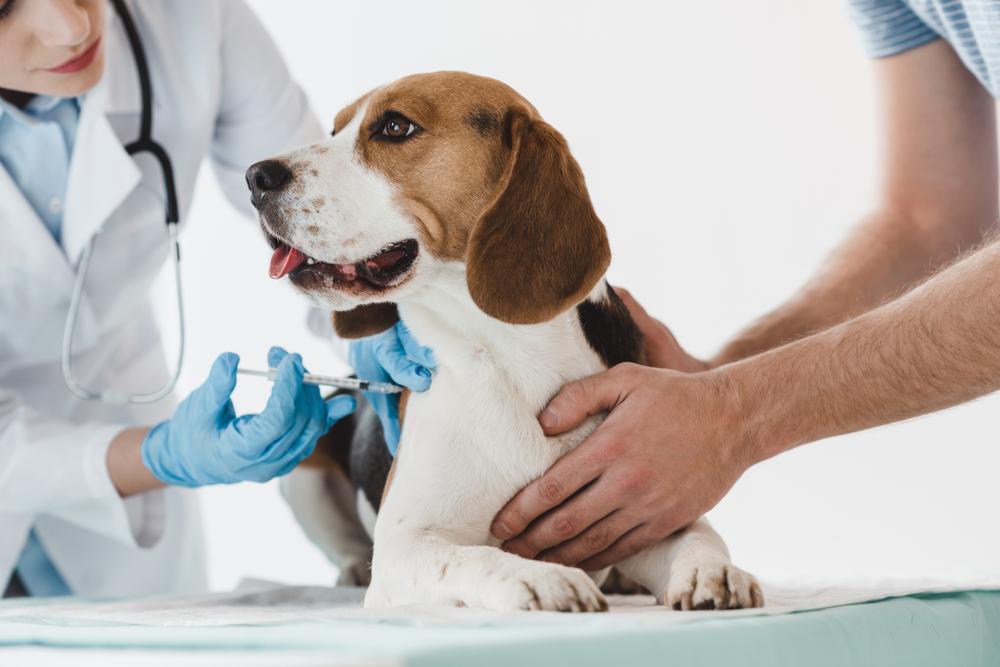 Read Now
Read Now
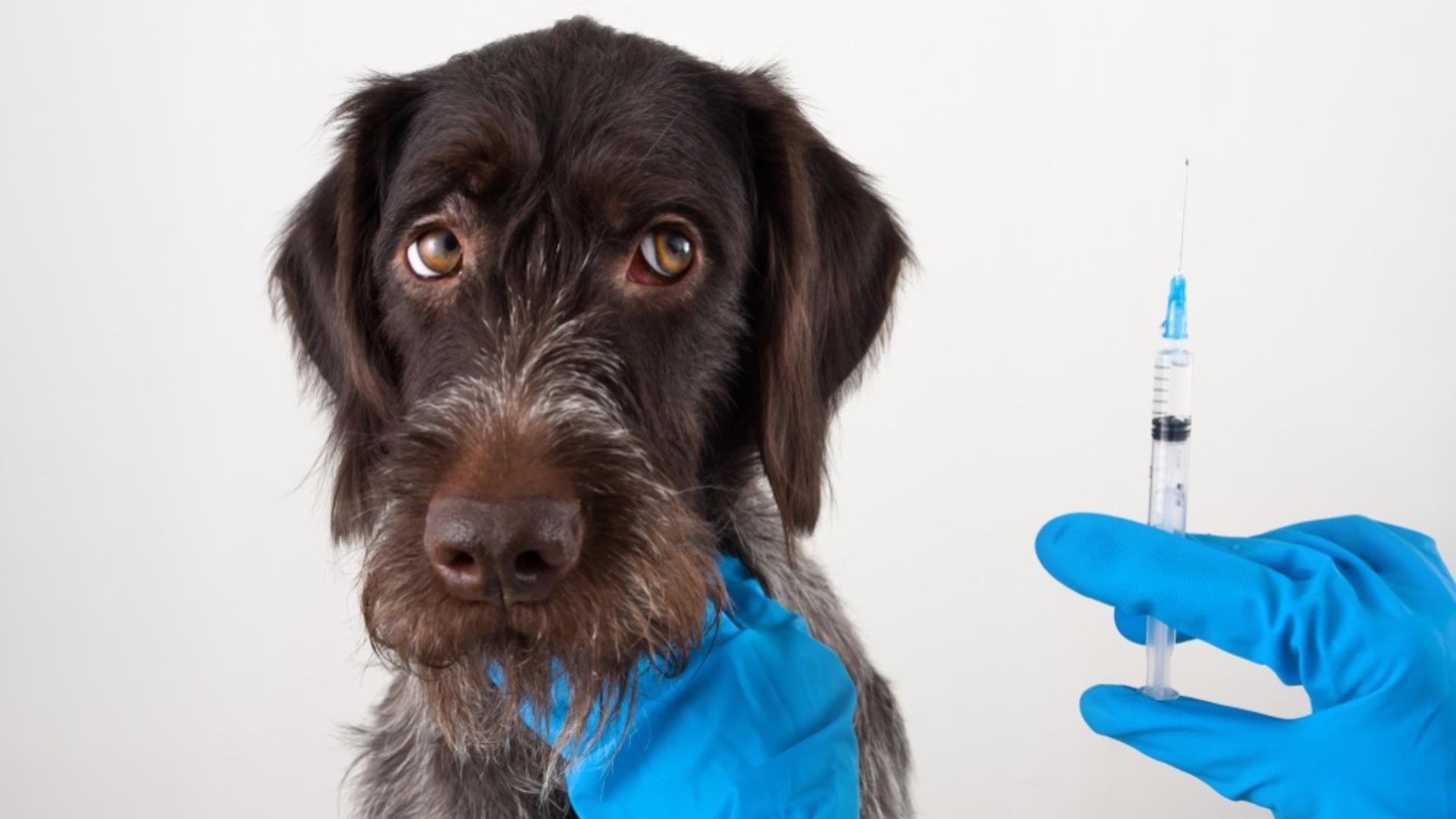 Read Now
Read Now
-
£29.99£29.99£119.00£19.99

Vaccinosis: Damage Vaccinations Can Cause Your Pet
- November 10, 2020
- 13 min read
Autoimmune disease, irritable bowel disorders, lupus, thyroid issues, eisonophilic skin disorders, chronic skin disease and allergic dermatitis, not a list any owner wants to pair with their pet, but sadly all of these diseases can be vaccine-related conditions.
We can identify them as vaccine related conditions because symptoms are concomitant with vaccination date. We deem this reaction as vaccinosis. And sadly, it is far more prevalent than we could even imagine. At MPN, we see the correlation of vaccination and disease in many of our clients.
So let’s take a look at where we started, and how we ended up in such dire straights.
The smallpox vaccine was introduced in 1796 after Edward Jenner observed that milkmaids who had previously caught cow pox didn’t catch smallpox. The idea was that exposure to killed or weakened virus/bacteria that cause disease can prime the immune response, but it doesn’t actually make the host sick. So, vaccinations allow the host to develop immunity without having to suffer the disease. To this end, smallpox is now declared eradicated.
This raises a particularly interesting element that has perhaps been missed when developing the blanket vaccination schedules for our pets. Twin studies, in humans have demonstrated there is a clear genetic role in vaccine response. A growing list of genes have been associated with immune related functions critical to immunological response and much data is concluding it is the status of these genes that is key to immune response. Human data is highlighting that this is one of the reasons vaccines can either elicit partial, complete or failure to protect individuals treated under the same conditions. This would also suggest that the opposite is therefore true; gene status could elicit partial or complete adverse reaction, or hopefully failure to demonstrate adverse reaction.
So, what constitutes a compromised immune system?
The primary role of the immune system in dogs is to protect against foreign invaders, or abnormal cells that invade or attack. The immune system must distinguish between self and non-self. Substances that stimulate a response are antigens. These can be contained within bacteria, viruses or microorganisms or cancer cells. They may also exist on their own, like pollen or food particles. There are three lines of defence, physical barriers, non specific immunity and specific immunity.
Physical barriers are the first line of defence, they include the skin, the cornea of the eye and the membranes lining the respiratory, digestive, urinary and reproductive tracts. The key is to keep these barriers unbroken. These barriers are also defended by bacteria and secretions that contain enzymes that can destroy harmful bacteria. Examples include eye tears, secretions in the digestive tract and the microbiome in the gut.
Nonspecific immunity should be present at birth; it treats all foreign substances in the same way. Inflammation results in white blood cells travelling into tissues to kill invading organisms and remove injured cells.
Specific immunity is acquired and developed as the immune system encounters different antigens, it learns the best way to attack and develops a memory for that specific antigen. It takes time to develop a response, but in future encounters, the response is more rapid. Specific immunity involves the action of lymphocytes (B and T cells), antibodies, antigen presenting cells and cytokines.
Most vaccines work by stimulating the development of specific immunity.
For example, Vitamin A helps to maintain structural and functional integrity of mucosal cells in innate barriers like the skin and respiratory tract, Vitamin D stimulates immune cell proliferation and cytokine production, helping to protect against infection, B12 has roles in natural killer cell functions just as folate maintains natural killer cells. Many micronutrients play a role in protecting against reactive oxygen species and reactive nitrogen species which are produced when pathogens are killed by immune cells.
Findings here
So, there are many things that can compromise an immune system, which also informs whether the dog is a candidate for vaccination and indeed subsequent and frequent booster vaccinations.
Signs your Dog may have a compromised immune system:
Why is this better than over-vaccination?
Human studies have established variability in vaccination response. We established earlier that there may be partial, complete or failure to protect when individuals are vaccinated under the same conditions. The titre test can take some of the guess workout of it.
A positive test indicates that the patient does have protective levels of antibodies.
A negative test indicates that the patient does not have protective levels of circulating antibody. However, it is worth noting here that a negative titre test result does not indicate susceptibility, they more than likely continue to have immune memory. Antibodies are called upon when your pet is exposed to a disease. These antibodies circulate in the blood serum, protecting your pet. If antibodies are low or not showing in the blood serum, this generally indicates that there has been no exposure of recent times to this said disease.
On the whole, titre test correlation with protection is fair to good.
Canine adenovirus, distemper virus and parvovirus all correlate well.
Feline calicivirus is fair to good, where as herpes virus is fair. Feline parvovirus correlates well.
Findings here
Titre tests are routinely used to establish the efficacy of rabies vaccination for pet travel schemes.
Findings here
These outcomes particularly shine when you compare them to the suspected adverse reactions for vaccination in small animals.
Number of reactions per 10,000 doses sold between 2010-2014 (that were reported), please note that some people do not record adverse reactions so numbers could be significantly higher:
Dogs Cats
Allergic conditions 2663 187
Anaphylaxis 332 29
Dyspnea 155 110
Vomiting 2511 1131
Diarrhoea 791 402
Loss of consciousness 141 8
Pain 240 176
Lethargy 1923 1473
Fever 132 438
Malaise 17 17
Vasculitis 13 1
Cough 445 16
Respiratory disorders 346 85
Injection site reaction 1144 689
Injection site sarcoma 2 148
Death 104 161
Suspected lack of efficacy 228 39
Neurological disorders 459 249
Autoimmune disorders 27 8
It again is highlighted that protective and susceptible gene halotypes have been identified in dogs demonstrating genetic predispositions to hypersensitivities and adverse reactions to vaccinations.
Findings here
Whilst it is exceptionally clear that all pharmaceuticals pose both benefits and risks, the issue with vaccination is often the schedule.
WSAVA advise that puppies are protected by maternally derived antibodies in the first weeks of life. Passive immunity will wane by 8-12 weeks to allow immunisation. They therefore advise initial core vaccinations at 6-8 weeks, then every 2-4 weeks until 16 weeks of age (or longer depending on when they were started). Response to core vaccination maintains a solid immunity for many years, in the absence of repeat vaccination. Following 26- or 52-week boosters, subsequent core vaccinations are advised to be given at intervals of 3 years or longer. It is also advised that an adult dog with no known vaccination history requires only a single dose of the core vaccines to engender a protective immune response. This is not the advice posed on many vaccination data sheets; they will advise two vaccinations as they would if starting puppy protocols. WSAVA advise this practice is unjustified. This is more commonly seen if boosters are missed and it is advised to start the course again. To quote WSAVA, this is unjustified.
WSAVA also deem non-core vaccinations as chosen vaccinations. They are therefore not deemed essential as such.
The biggest concern with titres is the cost, it can often cost more than a vaccine course. But what is the long-term cost of a potentially unnecessary vaccine, if your dog is sufficiently protected? Tell your veterinarian that you would like to titre. There is a reliable and cost efficient company they can order your tests from. called Vaccicheck (U.K based).
It is clear that there are individual responses to vaccines. This can be for a variety of reasons including gene status, which is largely influenced by the environment and nutrition, amongst other things. But immune function can also influence vaccine response and subsequently be affected by a vaccine response. This is why much of the literature highlights only healthy dogs should be vaccinated. The definition of health is rather vague, but any signs of a compromised system function would indicate a place for titre tests. When we are aware of significant suspected adverse reactions from vaccines and vaccine related conditions, titre testing provides in many cases, a get out of jail free card.
To quote WSAVA further, “Vaccination is an act of veterinary science that should be considered as individualized medicine, tailored for the needs of the individual pet, and delivered as one part of a preventive medicine program in an annual health check visit” It is our emphasis, but over-vaccination doesn’t fit this description.
We couldn’t have said it better, but we do have tools and information at our disposal to establish whether or not a vaccination is indicated.
Whilst a rise in cancer and autoimmunity rises in our dogs tenfold, and a falling life expectancy that once had an age of 17 years (now 11 years), we must question whether veterinary practises of vaccination schedule and prescription diets are making our dogs sicker.
Thanks for reading!
MPN Team x
We can identify them as vaccine related conditions because symptoms are concomitant with vaccination date. We deem this reaction as vaccinosis. And sadly, it is far more prevalent than we could even imagine. At MPN, we see the correlation of vaccination and disease in many of our clients.
So let’s take a look at where we started, and how we ended up in such dire straights.
The smallpox vaccine was introduced in 1796 after Edward Jenner observed that milkmaids who had previously caught cow pox didn’t catch smallpox. The idea was that exposure to killed or weakened virus/bacteria that cause disease can prime the immune response, but it doesn’t actually make the host sick. So, vaccinations allow the host to develop immunity without having to suffer the disease. To this end, smallpox is now declared eradicated.
There is no doubt that vaccination has been progressive in public health concerns, for both humans and pets, but they were never meant to make the host sick. For a number of reasons, the current vaccinations schedule for our pets, is.There is increasing evidence that over-vaccination is associated with the development or aggravation of immune-mediated disorders and chronic diseases in individual pets that are genetically predisposed.
This raises a particularly interesting element that has perhaps been missed when developing the blanket vaccination schedules for our pets. Twin studies, in humans have demonstrated there is a clear genetic role in vaccine response. A growing list of genes have been associated with immune related functions critical to immunological response and much data is concluding it is the status of these genes that is key to immune response. Human data is highlighting that this is one of the reasons vaccines can either elicit partial, complete or failure to protect individuals treated under the same conditions. This would also suggest that the opposite is therefore true; gene status could elicit partial or complete adverse reaction, or hopefully failure to demonstrate adverse reaction.
Genes are a set of instructions and there are a number of factors that can affect how they are expressed.This is likely understood in the canine world to some extent because most vaccines are advised as safe for healthy dogs but not those with a compromised immune system.
So, what constitutes a compromised immune system?
The primary role of the immune system in dogs is to protect against foreign invaders, or abnormal cells that invade or attack. The immune system must distinguish between self and non-self. Substances that stimulate a response are antigens. These can be contained within bacteria, viruses or microorganisms or cancer cells. They may also exist on their own, like pollen or food particles. There are three lines of defence, physical barriers, non specific immunity and specific immunity.
Physical barriers are the first line of defence, they include the skin, the cornea of the eye and the membranes lining the respiratory, digestive, urinary and reproductive tracts. The key is to keep these barriers unbroken. These barriers are also defended by bacteria and secretions that contain enzymes that can destroy harmful bacteria. Examples include eye tears, secretions in the digestive tract and the microbiome in the gut.
Nonspecific immunity should be present at birth; it treats all foreign substances in the same way. Inflammation results in white blood cells travelling into tissues to kill invading organisms and remove injured cells.
Specific immunity is acquired and developed as the immune system encounters different antigens, it learns the best way to attack and develops a memory for that specific antigen. It takes time to develop a response, but in future encounters, the response is more rapid. Specific immunity involves the action of lymphocytes (B and T cells), antibodies, antigen presenting cells and cytokines.
Most vaccines work by stimulating the development of specific immunity.
But the immune system does not always function properly, it can be underactive and overactive. An underactive system puts the animal at risk of infection, but an overactive immune system can attack parts of its body that it misidentifies as being foreign. This is what happens in autoimmune conditions. The immune system can also overreact and produce too many antibodies or other chemicals; these are what we see as hypersensitivity or allergic reactions.Not only do we have to ensure the physical barriers remain healthy, but we also must ensure that responses are just right. We know that genes play a role in this, but so does the environment your dog (exposure to toxins, chemicals and pesticides etc) alongside nutrition. Each cell in every body uses chemical reactions to build some of the materials that it needs, converting substances provided by the diet into other chemicals necessary for normal functioning. This is why the immune system has its own micronutrient (vitamin and mineral) requirements.
For example, Vitamin A helps to maintain structural and functional integrity of mucosal cells in innate barriers like the skin and respiratory tract, Vitamin D stimulates immune cell proliferation and cytokine production, helping to protect against infection, B12 has roles in natural killer cell functions just as folate maintains natural killer cells. Many micronutrients play a role in protecting against reactive oxygen species and reactive nitrogen species which are produced when pathogens are killed by immune cells.
Findings here
So, there are many things that can compromise an immune system, which also informs whether the dog is a candidate for vaccination and indeed subsequent and frequent booster vaccinations.
Signs your Dog may have a compromised immune system:
- Tiredness/lethargy
- Increased stress levels
- Digestive issues
- Slow healing wounds
- Frequent infections (eyes, ears etc)
- Delayed growth/development
- Skin sensitivities/allergies
- Joint stiffness and disease
- Other diagnosed disease
If your dog is suffering with any pre-existing health conditions, it pays to consider titre testing. No animal should be vaccinated with a compromised immune system. The practise of over vaccination is an unnecessary danger.A titre test is a simple blood test which establishes the levels of existing antibodies in the blood. Antibodies are produced when an antigen provokes a response from the immune system. This response can be from natural exposure or a previous vaccination.
Why is this better than over-vaccination?
Human studies have established variability in vaccination response. We established earlier that there may be partial, complete or failure to protect when individuals are vaccinated under the same conditions. The titre test can take some of the guess workout of it.A positive test indicates that the patient does have protective levels of antibodies.
A negative test indicates that the patient does not have protective levels of circulating antibody. However, it is worth noting here that a negative titre test result does not indicate susceptibility, they more than likely continue to have immune memory. Antibodies are called upon when your pet is exposed to a disease. These antibodies circulate in the blood serum, protecting your pet. If antibodies are low or not showing in the blood serum, this generally indicates that there has been no exposure of recent times to this said disease.
On the whole, titre test correlation with protection is fair to good.
Canine adenovirus, distemper virus and parvovirus all correlate well.
Feline calicivirus is fair to good, where as herpes virus is fair. Feline parvovirus correlates well.
Findings here
Titre tests are routinely used to establish the efficacy of rabies vaccination for pet travel schemes.
Findings here
These outcomes particularly shine when you compare them to the suspected adverse reactions for vaccination in small animals.
Number of reactions per 10,000 doses sold between 2010-2014 (that were reported), please note that some people do not record adverse reactions so numbers could be significantly higher:
Dogs Cats
Allergic conditions 2663 187
Anaphylaxis 332 29
Dyspnea 155 110
Vomiting 2511 1131
Diarrhoea 791 402
Loss of consciousness 141 8
Pain 240 176
Lethargy 1923 1473
Fever 132 438
Malaise 17 17
Vasculitis 13 1
Cough 445 16
Respiratory disorders 346 85
Injection site reaction 1144 689
Injection site sarcoma 2 148
Death 104 161
Suspected lack of efficacy 228 39
Neurological disorders 459 249
Autoimmune disorders 27 8
It again is highlighted that protective and susceptible gene halotypes have been identified in dogs demonstrating genetic predispositions to hypersensitivities and adverse reactions to vaccinations.
Findings here
Whilst it is exceptionally clear that all pharmaceuticals pose both benefits and risks, the issue with vaccination is often the schedule.
WSAVA advise that puppies are protected by maternally derived antibodies in the first weeks of life. Passive immunity will wane by 8-12 weeks to allow immunisation. They therefore advise initial core vaccinations at 6-8 weeks, then every 2-4 weeks until 16 weeks of age (or longer depending on when they were started). Response to core vaccination maintains a solid immunity for many years, in the absence of repeat vaccination. Following 26- or 52-week boosters, subsequent core vaccinations are advised to be given at intervals of 3 years or longer. It is also advised that an adult dog with no known vaccination history requires only a single dose of the core vaccines to engender a protective immune response. This is not the advice posed on many vaccination data sheets; they will advise two vaccinations as they would if starting puppy protocols. WSAVA advise this practice is unjustified. This is more commonly seen if boosters are missed and it is advised to start the course again. To quote WSAVA, this is unjustified.
WSAVA also deem non-core vaccinations as chosen vaccinations. They are therefore not deemed essential as such.
Duration of immunity is also a little longer than advertised in many cases. After natural infection or exposure, immunity is thought to be life-long in the majority of dogs. After vaccination with modified live virus, duration of immunity is considered to be 9 years or longer. In killed vaccines it is thought to be 3 years or longer.Titre testing is like checking your fuel gauge before you leave home. You want to make sure you have enough fuel to get to where you need to go. Why not check your dog needs a vaccine before you actually give it?
The biggest concern with titres is the cost, it can often cost more than a vaccine course. But what is the long-term cost of a potentially unnecessary vaccine, if your dog is sufficiently protected? Tell your veterinarian that you would like to titre. There is a reliable and cost efficient company they can order your tests from. called Vaccicheck (U.K based).
It is clear that there are individual responses to vaccines. This can be for a variety of reasons including gene status, which is largely influenced by the environment and nutrition, amongst other things. But immune function can also influence vaccine response and subsequently be affected by a vaccine response. This is why much of the literature highlights only healthy dogs should be vaccinated. The definition of health is rather vague, but any signs of a compromised system function would indicate a place for titre tests. When we are aware of significant suspected adverse reactions from vaccines and vaccine related conditions, titre testing provides in many cases, a get out of jail free card.
To quote WSAVA further, “Vaccination is an act of veterinary science that should be considered as individualized medicine, tailored for the needs of the individual pet, and delivered as one part of a preventive medicine program in an annual health check visit” It is our emphasis, but over-vaccination doesn’t fit this description.
In 2003, the American Animal Hospital Association supported the statement “No vaccine is always safe, no vaccine is always protective, and no vaccine is always indicated.”Findings here
We couldn’t have said it better, but we do have tools and information at our disposal to establish whether or not a vaccination is indicated.
Whilst a rise in cancer and autoimmunity rises in our dogs tenfold, and a falling life expectancy that once had an age of 17 years (now 11 years), we must question whether veterinary practises of vaccination schedule and prescription diets are making our dogs sicker.
Thanks for reading!
MPN Team x
Customer Reviews
Explore related products
Related articles

AllergiesGeneral HealthVaccines
How To Strengthen My Dog’s Immune System
Dec 07 2023
•
9 mins 15 secs

AllergiesGeneral HealthVaccines
5 Cornerstones of Immunity for your Pet
Jun 15 2023
•
6 mins

AllergiesGeneral HealthVaccines
Should I Vaccinate My Dog Against Kennel Cough?
Jul 11 2022
•
4 mins 59 secs

AllergiesGeneral HealthVaccines
Do We Need to Boost Our Pet’s Immune System?
Feb 15 2022
•
4 mins 42 secs

AllergiesGeneral HealthVaccines
5 Mistakes Dog Owners Often Make
Nov 01 2021
•
5 mins 9 secs

AllergiesGeneral HealthVaccines
Facts on the Leptosporosis Vaccine
Feb 01 2021
•
6 min read

AllergiesGeneral HealthVaccines
Vaccinosis: Damage Vaccinations Can Cause Your Pet
Nov 10 2020
•
13 min read

AllergiesGeneral HealthVaccines
To Lepto or not Lepto? That is the Question
Nov 09 2020
•
9 min read

AllergiesGeneral HealthVaccines
Everything you Need to Know About Vaccinations
Apr 22 2020
•
7 min read
✕










